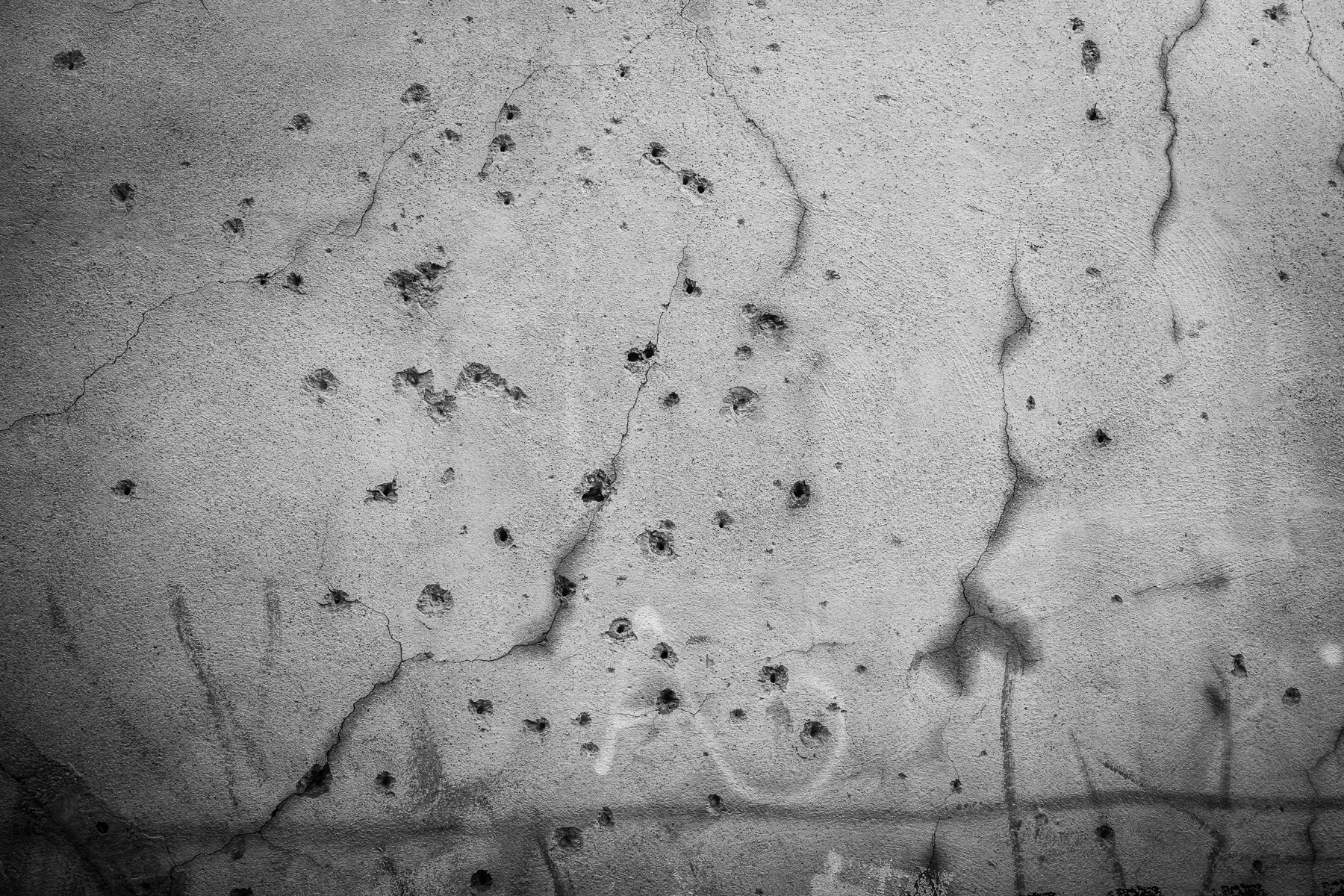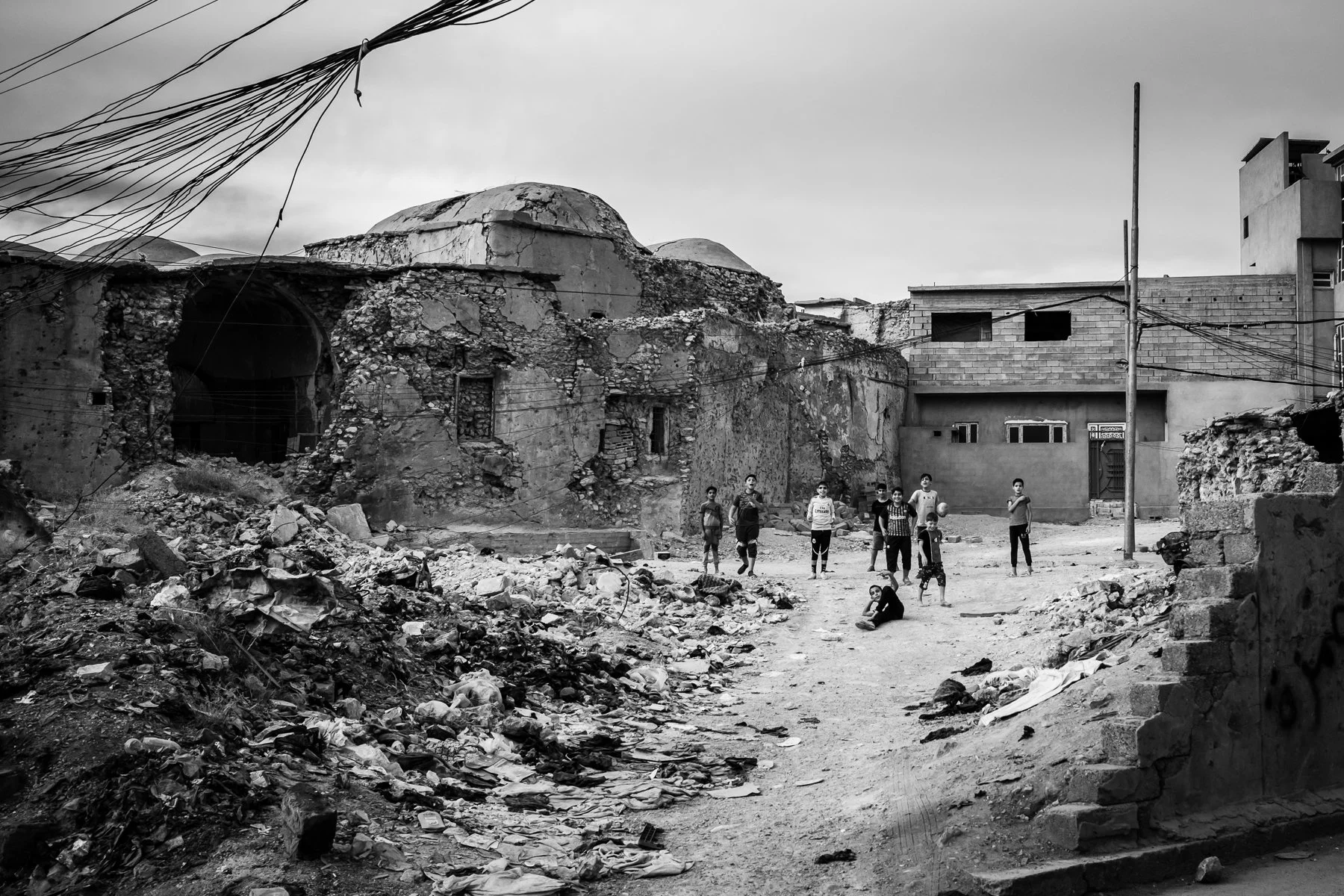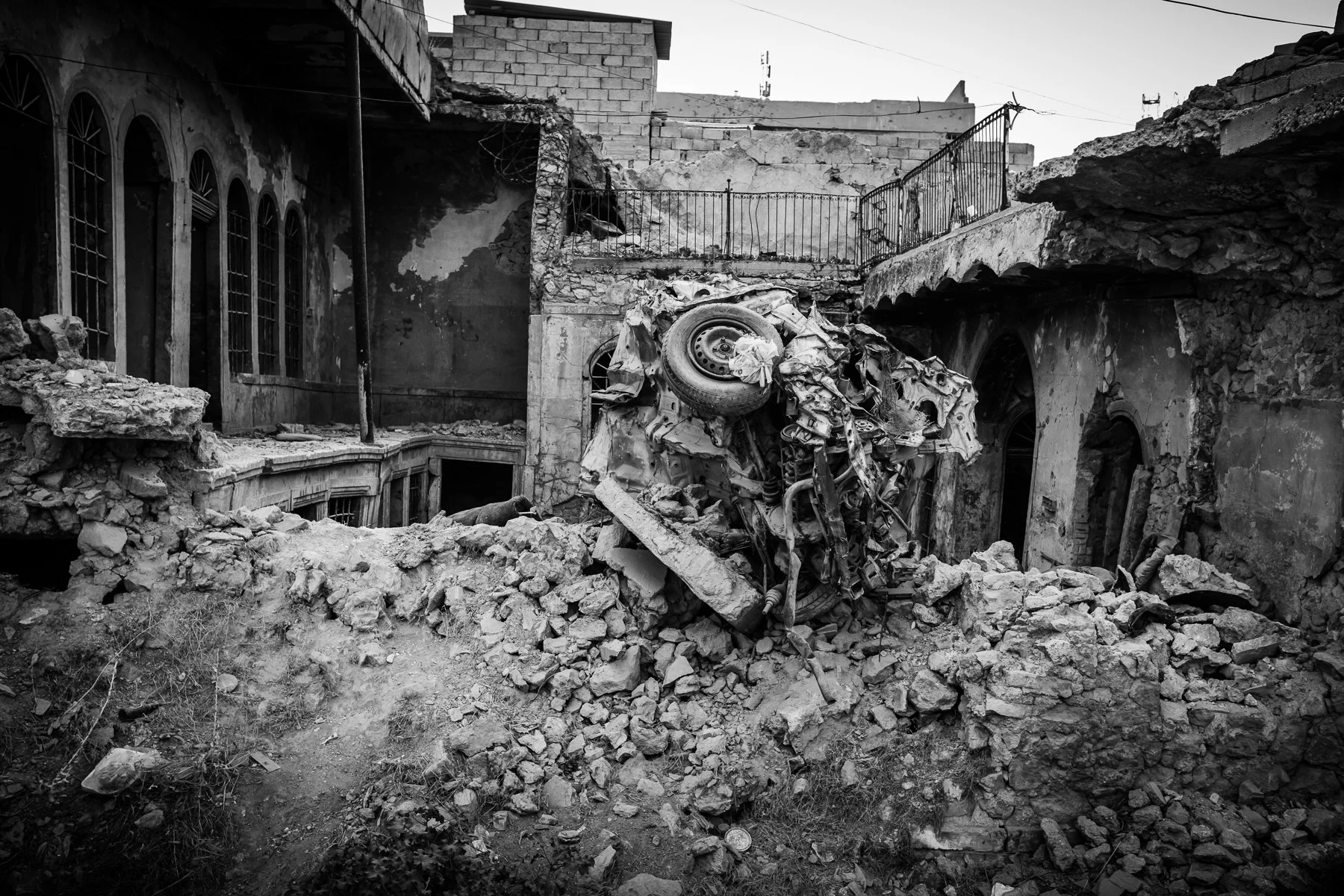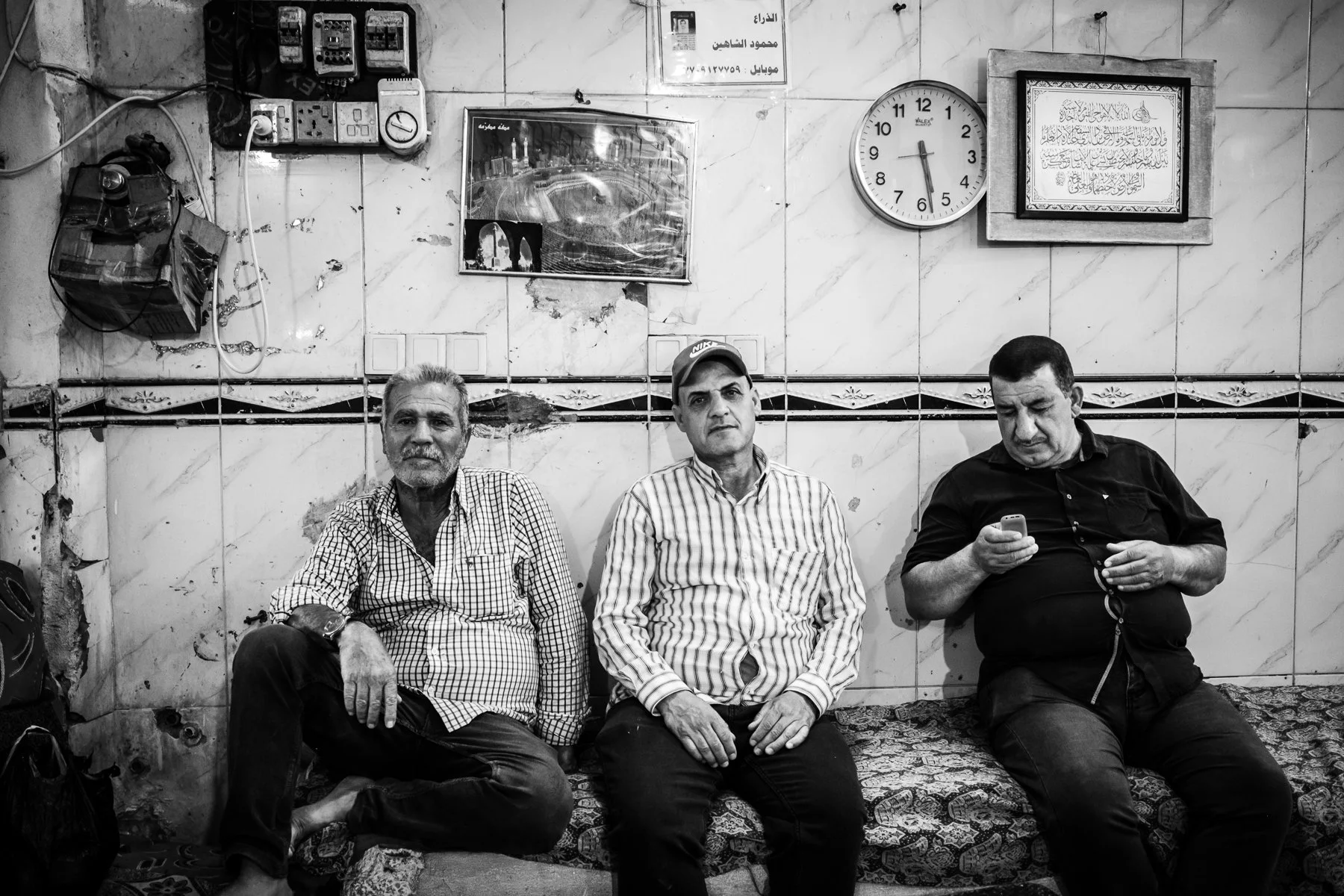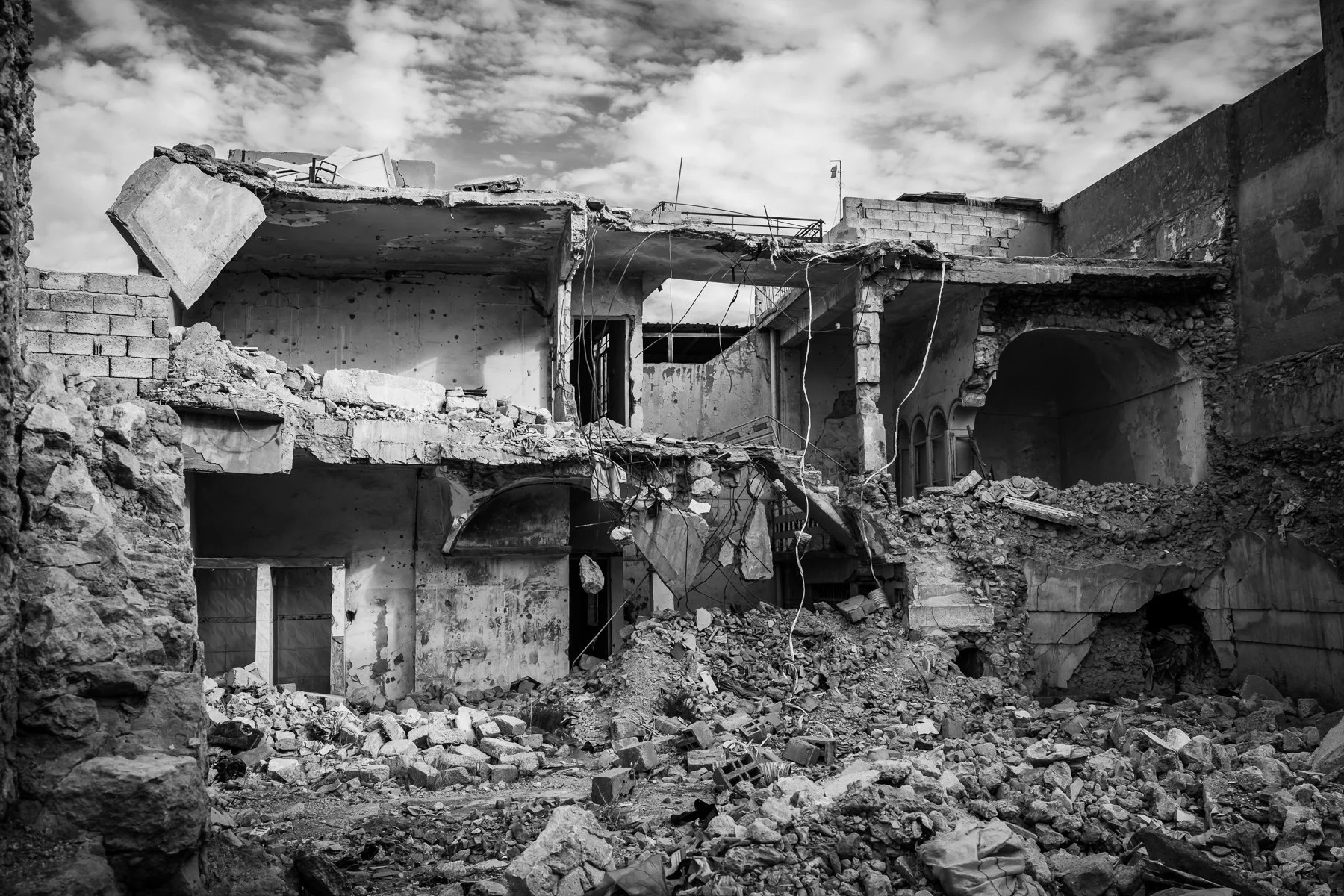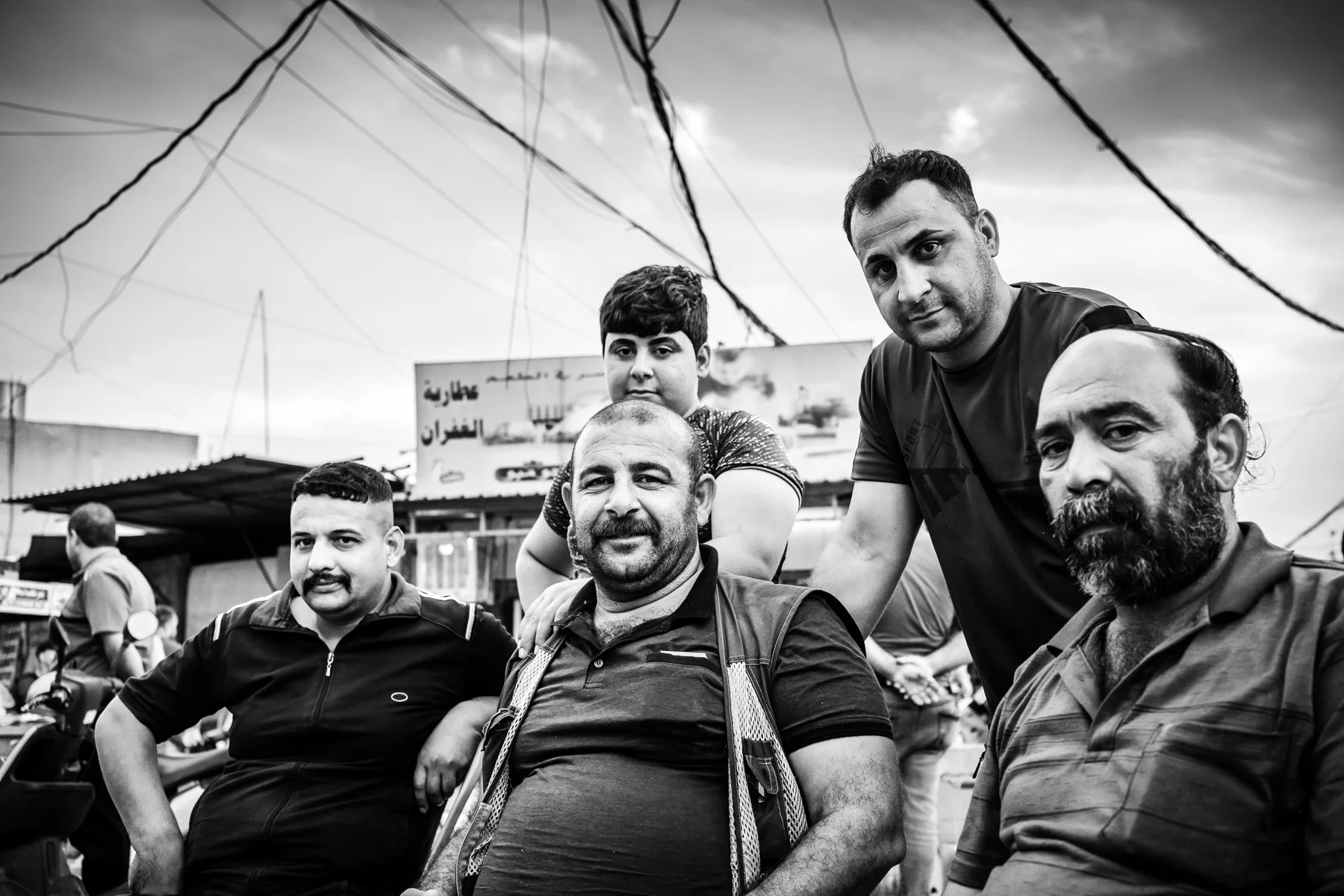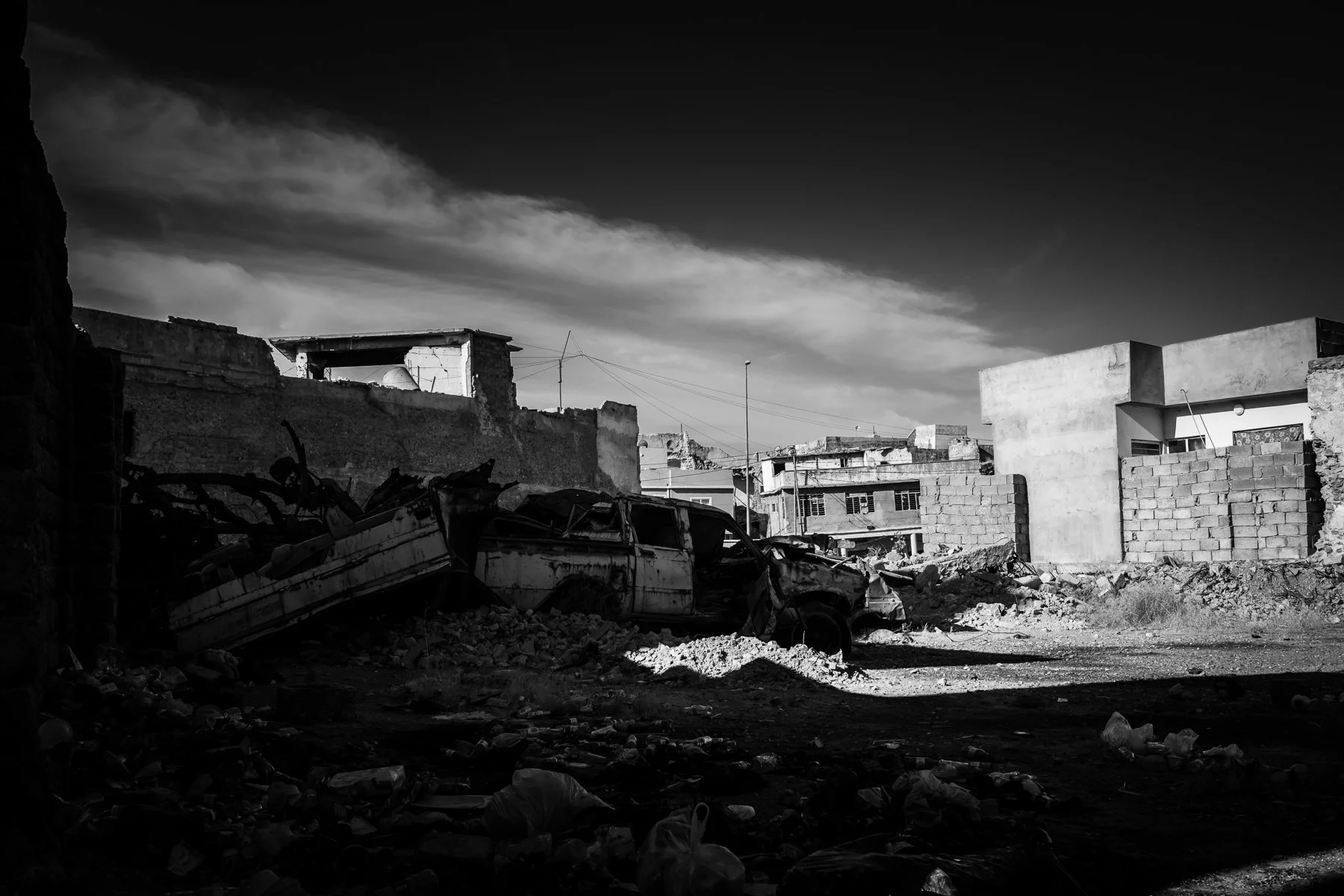Iraq, a land steeped in the legacy of ancient Mesopotamia, has long been a crossroads of empires, cultures, and civilizations. It gave birth to writing, to law, and to some of humanity’s earliest cities. Yet in recent decades, this land of profound historical significance has become synonymous with war, destruction, and hardship. The 21st century brought profound disruption to Iraq: from the 2003 U.S.-led invasion and the fall of Saddam Hussein to the years of insurgency and sectarian conflict that followed. These events fractured the nation, eroding institutions, displacing millions, and plunging cities into cycles of violence.
Mosul, Iraq’s second-largest city, sits on the banks of the Tigris River and has for centuries served as a cultural and economic hub in northern Iraq. Known for its ancient architecture, vibrant markets, and diverse population, Mosul stood as a symbol of Iraq’s rich, multifaceted identity. But in 2014, the city fell under the control of ISIS in a shockingly swift and violent offensive. What followed was a period of terror and repression, during which the city’s historical sites were destroyed, its citizens lived under extreme brutality, and its social fabric was torn apart.
The battle to retake Mosul began in late 2016 and stretched into mid-2017, culminating in one of the most intense urban conflicts of the century. Airstrikes, house-to-house fighting, and mass displacement left vast swaths of the city reduced to ruins. Historic districts were flattened, infrastructure collapsed, and countless lives were lost. The liberation, while bringing an end to ISIS’s control, marked the beginning of a long and painful process of recovery.
Today, Mosul exists in a liminal space between past trauma and uncertain renewal. Efforts to rebuild are visible: schools are reopening, homes are being reconstructed, and markets are once again filled with voices and movement. Yet the wounds of war remain—physically etched into the city’s landscape and emotionally embedded in its people. Power outages, economic hardship, and the challenge of reconciliation continue to define daily life.
This photographic series captures Mosul in this fragile moment of transition. It documents the resilience of its people, their efforts to reclaim normalcy amid devastation, and the contrasts between destruction and hope that define the city’s present reality. Through the lens, we witness not only the cost of conflict but the quiet, persistent strength of a city refusing to surrender to its ruins.
